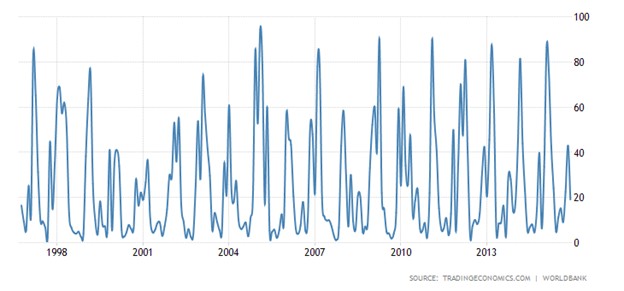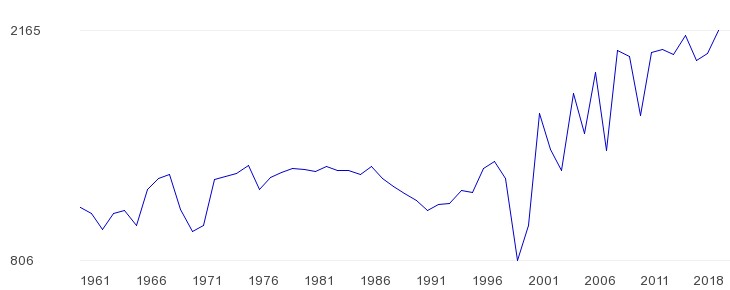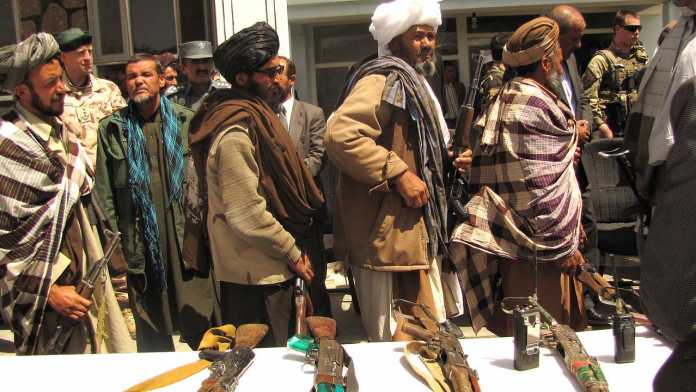The New York Times today added its voice to the growing number of leftist media outlets blaming global warming rather than the Biden administration for the Afghanistan debacle. According to the Times, climate change is decimating Afghan crop production, which gives Afghan farmers little choice but to express their frustration and seek to escape poverty by joining the Taliban. In reality, objective crop data show Afghanistan has enjoyed a golden age of crop productivity since the Taliban was first defeated 20 years ago.
In an article titled, “A New Breed of Crisis: War and Warming Collide in Afghanistan,” the Times argues, “Afghanistan embodies a new breed of international crisis, where the hazards of war collide with the hazards of climate change, creating a nightmarish feedback loop that punishes some of the world’s most vulnerable people and destroys their countries’ ability to cope.”
The Times adds, “the effects of warming act as what military analysts call threat multipliers, amplifying conflicts over water, putting people out of work in a nation whose people largely live off agriculture, while the conflict itself consumes attention and resources…. A third of all Afghans face what the United Nations calls crisis levels of food insecurity.”
Objective data, however, show the Earth’s modest warming is not harming Afghan water availability or – more importantly – agricultural production.
The data website Trading Economics publishes data compiled by the World Bank on historical precipitation in Afghanistan. According to the objective data, Afghan precipitation has been remarkably consistent over the years, with no recent downward trend. The chart below shows annual precipitation in Afghanistan during the past 25 years in millimeters of rainfall per year.

Afghan crop production, moreover, has been enjoying a golden age in recent years as the Earth modestly warms. The United Nations Food and Agriculture Organization (FAO) keeps meticulous crop production data for nations throughout the world, including Afghanistan. In the graph below, the information website The Global Economy presents the FAO data on cereal crop yields (corn, wheat, and rice) in Afghanistan, with the left axis showing kilograms per hectare. As you can see, Afghan crop yields have doubled in the past 25 years:

The Times concludes, “a recent analysis based on what little data exists suggests that a decline in spring rains has already afflicted much of the country, but most acutely in the country’s north, where farmers and herders rely almost entirely on the rains to grow crops and water their flocks.”
Reality and objective data tell a completely different story. If climate change is having any impact on Afghanistan “threat multipliers,” it is to make poverty and conflict less likely, not more so.
[Photo of Taliban courtesy of Wikimedia Commons.]

















